Making An Old Garden Center New
Rocks weighed down the first floral arrangement that left H.J. Benken Florist in 1939 in Cincinnati, Ohio. The flowers came from my grandparents’ greenhouse and beds. The rocks did, too.
Harry and Johanna Benken, second-generation German-Americans, would not recognize their tiny florist business today. With 60 employees (including growers, floral designers, a wedding and events coordinator, and delivery staff), 23 greenhouses, an education center, a landscape division, bar codes, computerized inventory and 3 acres of parking, grandpa’s floral business has blossomed into a full-fledged garden center.
Following The History
How did we achieve this success from such humble roots? It didn’t happen overnight, and it helps to know the origins of H.J. Benken Florist & Greenhouse. In 1939, my grandfather purchased about 10 acres with a couple of greenhouses and a small florist shop. All of this was located in a retail neighborhood. Back then, it really wasn’t about knowing much of anything; it was about how hard you were willing to work for success and it was real, hands-on, hard work. My grandparents grew carnations, asters, snapdragons and pom-poms. They took the flowers each week to wholesale markets, or commission houses, as they’re commonly known, where other florists purchased the flowers.
In the late 1950s and early 1960s, California and The Netherlands were becoming great cut-flower-growing areas, and that was when flowers started to be flown around the nation. In fact, demand was so great, there are even tales of passengers being kicked off flights from The Netherlands because growers would pay for the space to get flowers to U.S. markets. Around this same time, potted plants became popular. My parents were now running the business and grew azaleas, mums and poinsettias. Bedding plants were grown primarily for the golf courses around the city and a few landscapers. We also began growing for the Thriftway grocery store chain at that time, and 40,000 Easter lilies were grown to sell wholesale and to other florists.
These were the boom years of the mid 1960s to early 1970s. There were none of the big box stores to compete with and gardening was getting popular, so we began growing more and more bedding plants. Floral customers would stand at the desk to pay for their flowers, and they’d see through the door into the greenhouse. “What’s back there?” they’d ask, “Can we go back there?”
Changing With The Times
The more customers saw, the more they wanted to buy. The more they bought, the more our production areas morphed into something more customer friendly: wider aisles, no sharp edges or splinters on table corners, no puddles, no hoses to trip over, no snakes or mice to surprise shoppers. It came down to an issue of space for plants or space for people: What was more important? We looked at business trends and talked to other growers; we started looking at presentation as a way to solve that problem.
It was around 1995 that we saw the industry going away from production and toward a shopping environment. There could be no closed doors or the customers wanted to know why they couldn’t go into that area. The heating systems had to change because we were used to providing the right growing temperatures for plants, but now we had to make it comfortable for shoppers, too. We recycled heating pipes many times before getting it right.
By spring 1997, my wife, Kathy, and I decided we couldn’t continue being both a wholesaler and a retailer. We dedicated ourselves to retail. Since we had both come from a hands-on culture, we thought it was just a matter of how much work we wanted to do to make the transition a success. Years before, our first retail solution involved little red wagons for customers to put plants in, a tightly stretched tarp over a card table and a cigar box. Not only were we growers, we became plumbers, carpenters, pavers, decorators and electricians. Production tables became sales tables. (Kathy decided they needed to be on wheels, and they did!) Gravel was paved. And to prevent shoppers from rubbing rear ends (a big no-no in the retail world), we widened the aisles yet again. Wherever the customer went, it had to be nice. We moved the nursery entrance three times and built paved ramps for carts.
Creating The Shopping Experience
To create the shopping space people wanted to experience again and again, we began to scout garden centers and nurseries coast to coast. We now know that if we’d started doing changes earlier, we’d have been able to modify the physical aspects of the garden center and, consequently, H.J. Benken’s bottom line sooner.
As it was, we made the changes when we had the money. Progress was slow. We moved heat from below benches to above. We moved water lines where the hanging baskets would be. Every area was looked at to see if it was safe, especially for wandering children. We put up a large walk-in retail cooler and moved it two years later when we changed the traffic flow. We did most of the work ourselves with our handyman leading the way. We thought all this was the hard part but then we learned from a garden center consultant that we needed to design the flow of traffic through the greenhouses and shopping areas.
We needed an experienced outsider to look at the whole business and its layout. If we continued to do it piece by piece, we’d be redoing what we had done before. With a plan in hand, we were committed to taking out a loan with Farm Credit to do it all at one time.
Let The Bulldozers In
In 2006, my brother Mark came with his bulldozer and began to grade the now empty place where two Quonset houses had sat for roughly 15 years. The last remaining glass house had to go, too. Rough Brothers worked with a drawing from another brother, Clete, and soon the new structure was going up. We had the floors poured by professionals, but we did just about everything else ourselves.
Wheels were added to all benches, which were cut down to a more manageable size, allowing customers to reach across. We could now clear an area for a special event in a matter of minutes. So we could have more events, we built a bathroom facility at the back of one greenhouse to line up with the existing plumbing. With this new addition, we are able to host large events or parties almost year round another source of revenue.
The Payoff Works
With the current iteration of our garden center, we’ve decided that the big box stores are not really our competition. We sell a premium plant: No tiny cell-packs here. I believe if you can’t create an environment for people to visit, sell a product they want to buy and set yourself apart, maybe you belong in a different line of work.
Consumers come to our garden center for all of their outdoor-living needs. They trust us to have the best products and the best service. Maybe that means we morph again and provide decks and Jacuzzis as well as open their pools in the summer and close them in the fall or put gutters on their homes. Who knows? The fourth generation of Benkens is now working in the garden center, and I’m beginning to see a push for the changes they would like to make.
Kathy and I would like to step away from the business while there’s still time for our children to see their vision of business success come true. We’re all constantly on the lookout for where and how we should expand. It used to be enough to be willing to work hard to turn a production greenhouse into a retail garden center and the success would come. Now you must also be a businessperson. You need to know how to be a CEO. If you have a big budget to fuel the changes, you’ll get there faster. If not, you have to get creative! That’s exactly what we did.



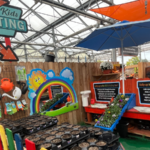
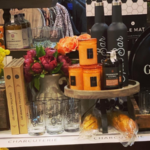


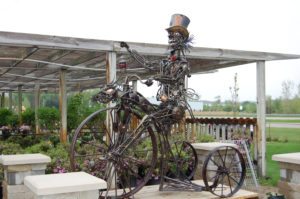
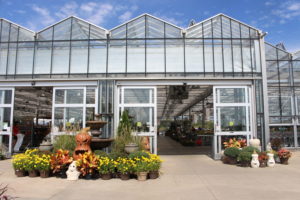
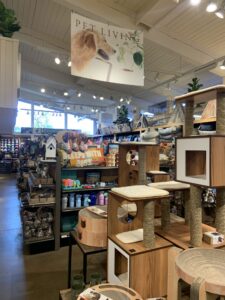
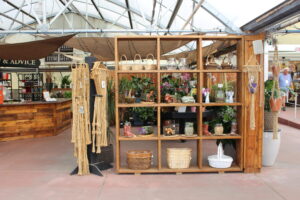
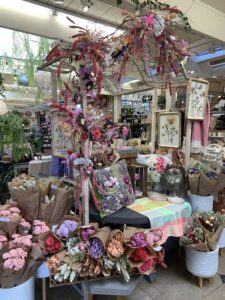
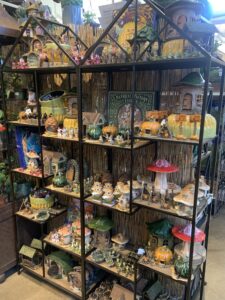
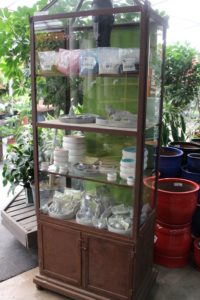
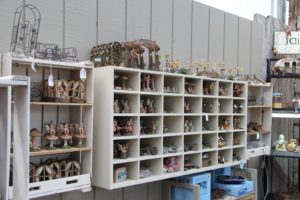
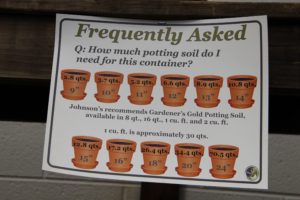
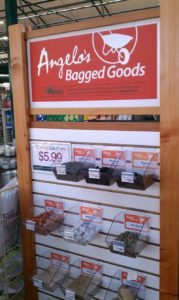
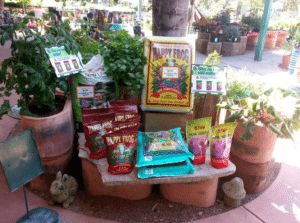
 Videos
Videos





